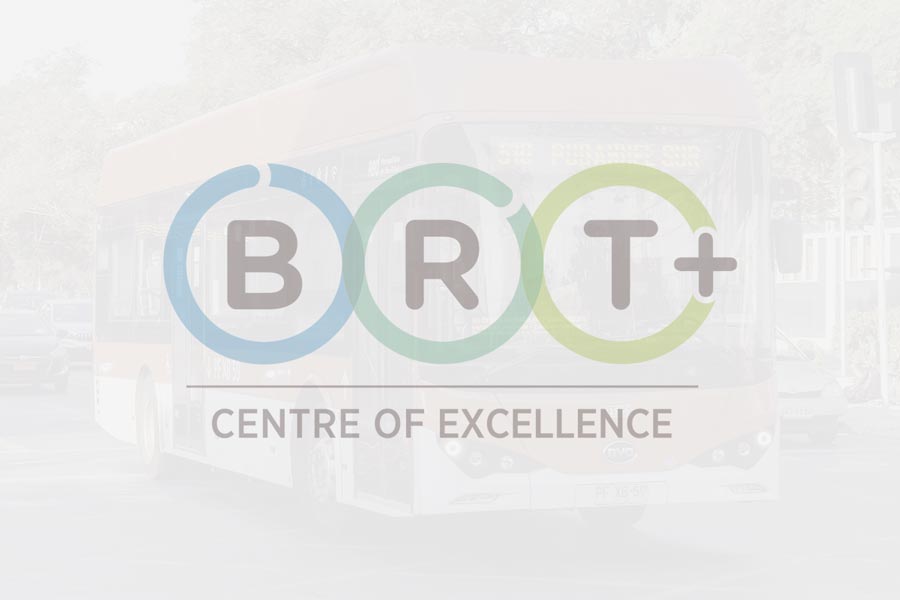Source: City Lab (March 25, 2015) by: Eric Jaffe
It’s not quite BRT, but the Woodhaven Select Bus Service plan is clear progress.
New York City may never get true world-class bus-rapid transit—major transformations to a street network that mature are just so expensive—but its own modified version, Select Bus Service, is proving a worthy alternative. Along the city’s seven existing SBS corridors, travel speeds are up as much as 23 percent, ridership is up another 10 percent, and crashes are down 20 percent, according to the NYC DOT. And the next one to come should be even better.
The city has announced its preferred design for the Woodhaven SBS corridor in Queens, a $200 million project the city reportedly hopes to start building by 2017. The design would take a street that looks like this:

And turn it into one that looks like this (even the sky is bluer):

The Woodhaven route will have all the basic tenets of SBS: off-board fare collection, real-time bus information, all-door boarding, transit-signal priority, and most importantly, an exclusive bus lane. The existing 14-mile corridor already carries some 30,000 riders a day. NYC DOT believes the SBS upgrade will create travel time savings between 25 and 35 percent.
What makes the new design so effective is the addition of slip lanes that funnel cars that want to park or turn right onto local service roads. That helps keep the bus lane clear of car traffic. It also provides pedestrians two new points of relief as they cross the wide boulevard. And although the design doesn’t incorporate bike lanes, it should make the corridor a bit more appealing to cyclists, who can use the calmer service roads rather than fight traffic in the general lanes.

The design offers plenty of space for drivers, too, with two general lanes, a service lane, and a street-parking strip in each direction. Considering that 43 percent of residents in central Queens don’t own a car, and that 60 percent commute by transit, it’s only equitable to give buses their relative share of the street space.
NYC DOT chose this design over two other alternatives that have been floating around since last fall. The first (below, top) would put the bus in direct competition with drivers searching for a parking spot at the curb. The second (below, bottom), with dedicated lanes aligned to a center median, would likely qualify as legitimate bus-rapid transit. But drivers would need to be trained to make tricky crossover stops in this design, or else the city would need to buy a new fleet of buses with doors on the left-hand side.


Joan Byron of the Pratt Center for Community Development, who’s studied the Woodhaven plans closely, tells CityLab the chosen design should give New Yorkers the highest-performing bus option «given the realities of this corridor.»
«At first blush, most people would think of bus lanes along the center median as the way to get that,» she says. «If you were building the system from scratch, that would be true. But in New York, DOT and MTA have the challenge, or the blessing, of a fully built-out bus and subway system they have to integrate into.»
The Woodhaven SBS plans do come with some limitations. The express buses will share a lane with local buses. The slip-lane configuration will reportedly only occur on 6 of the 14 miles. And, at least for now, the bus lanes won’t seem to be getting camera enforcement to keep cars from encroaching. Those caveats aside, when asked if the design represents a clear advance over the other SBS lines in the city, Byron didn’t hesitate.
«Oh, yeah,» she says. «A lot.»













